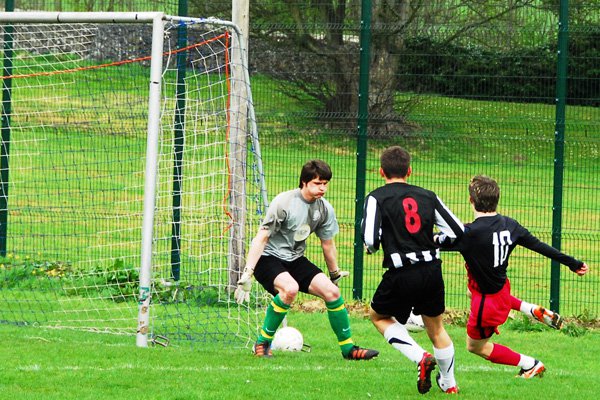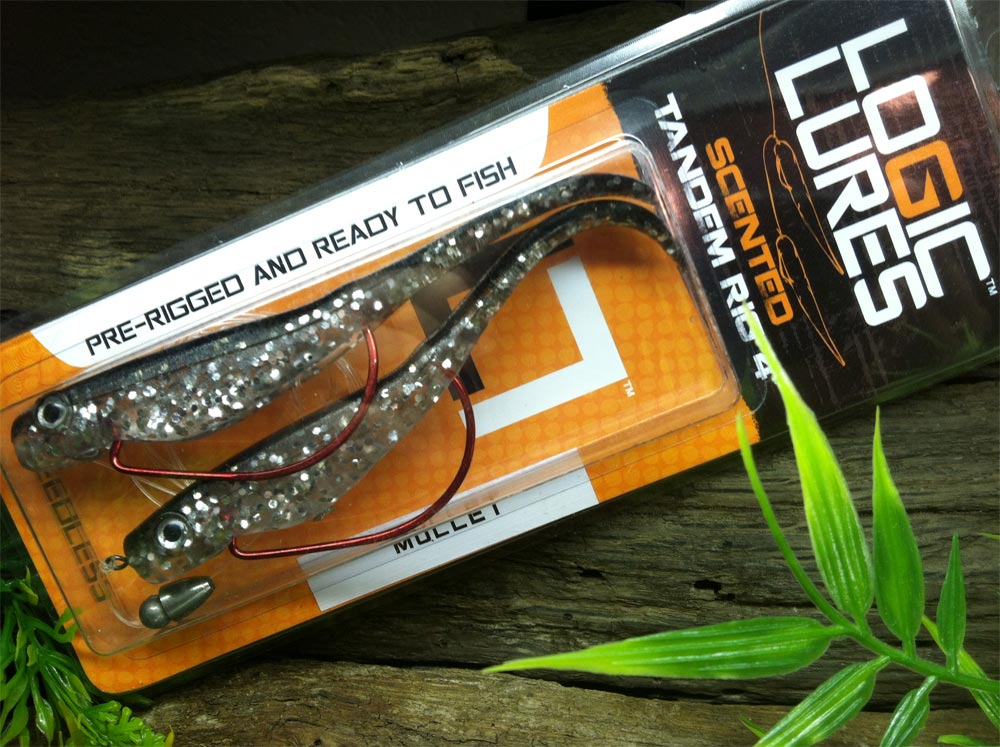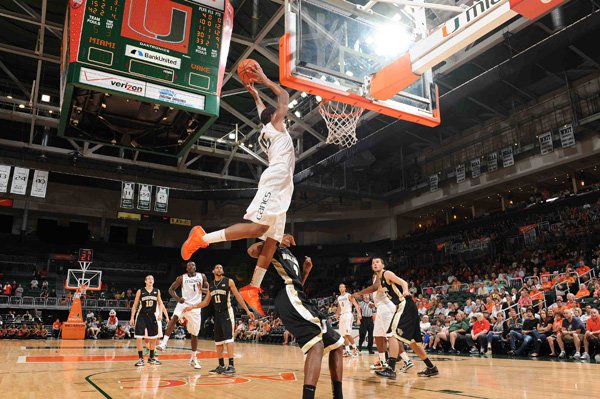kicking techniques/training
Question
my son is 12 yrs old and has been playing rugby since age 8,full contact since age 9. Fullback for the last year.Next season they go to 15 man rugby with a full size pitch etc. Can you give me any tips on kicking (punt/drop kick /dead ball etc.) technique and any training tips to compliment this. PS He LOVES this game
Answer
Here are some kicking tips I have used and maybe you could apply to your boy.
Also included is a link to a great kicking tip sight.
Hope this helps
Phase 1 - The Grip
There are a variety of grips that are used and most kickers have their own favorite. The one I favour, certainly for the beginner, is with the left hand forward towards the front of the ball and the right hand towards the rear. The release of the ball is accomplished by simply moving the hands sideways, allowing the ball to fall onto the foot at the correct angle.
* Let the players punt to each other at the start of the session. Watch them and pay particular attention to body positions, as the usual error is to try to kick too hard, resulting in the loss of body alignment.
* Bring the players together and use a short period to find out what they know on the subject of punting. Explain that the direction and spiral of the ball comes from the angle at which it is placed across the boot.
* Demonstrate the grip that is to be used. Both hands will be under the ball; left hand forward, right hand back (see Diagrams 1 & 3).
* When both hands are taken away the ball falls onto the hard part of the foot at an angle of 35 degrees
* Arrange the players in pairs at 15m to 20 m apart. Get them to hold the ball outside the line of kick, just outside the hip (Diagram 3) and get them to "cock and kick" without any run up. Simply drop the ball onto the foot and kick towards their partner with the aim of landing the ball on them. At this stage there is no gain in trying to kick massive distances; the important thing is to get the correct movement. The players can be moved further apart as they gain confidence and skill; to achieve increased distance (power) longer step must be added.
* Once the contact is proficient, look at the body position after the ball has been struck. The right foot and left hand should be close or touching and this must be taught, if is not occurring naturally
* Common faults at this stage are
* left hand thrown sideways and too wide leaving the chest too open
* left hand crosses the kicking foot, which closes the chest
* The chest must be open and square
* For a good spiral kick skip though into contact, get the body weight forward and watch the boot laces after contact much in the same way that a golfer keeps his head down after the strike. Leaving the kicking leg in the air to practise the efficient follow though (See Diagram 7). This should be practised in channels 10m wide, which will decrease to 5m for top players
* Once the skill is practised and proficient, the coaching can move to the next stage, the touch kick. The vital thing now is that the player constantly remembers the shape of the rectangular channel that he has just been working in. Instead of changing his style to kick to touch, he simply moves the rectangular channel to take in the touch-line. Move the cones so that they form a channel approximately thirty degrees to the touch-line. The player(s) then work(s) in that channel just as he did when it was parallel to the touch. The different angle should not be a problem. The kicker has to learn to visualise the channel as it appeared to him when they were working straight up and down the pitch and then produce the same kicking skills
* The kicker has to e encouraged not to aim for the touch-line but to aim well past it and at a pre-selected target (e.g. a point in the stand or at a distant landmark). This will lead to greater distance and better direction. If the touch-line is the target that is where the ball will tend to land.
* There are some important points for the coach at this stage:
* The left hand may be taken away too soon and the ball tips forward. A useful practice to correct this common fault is to set both hands as usual then take the right hand off. Carry on dropping the ball with the left hand only and practise this to show that the ball is dropped, not pushed, as well as correcting the initial fault of tipping the ball forward.
* The strike can be inefficient. The clock pointer of 7.30 is a good guide for the leg position (See Diagram 8) and the body should be just forward of the vertical (See Diagram 9). If the body is vertical the follow though becomes unlikely. Ensure that the plant foot strikes the ground firmly and is aimed straight at the target. Indoor facilities, if available, are the best teaching area; cricket nets allow the best possible practice. By working indoors the outside conditions are eliminated and potential problems can be removed from
Phase 2 - The Angle
The angle at which the ball is placed across the foot is of great importance and angle of 35 degrees produces the best results. This angle across the foot is necessary to avoid premature contact with the end of the ball; it also allows a larger "sweet spot" for contact.
Phase 3 - Contact with the ball/foot
Solid contact with the ball is a ballistic activity and is dependent on the efficient transfer of power from the foot to the ball. A straightened foot (Planter flexed) is absolutely essential for success and the ball must be struck through the centre of gravity as it is angled across the foot. A punter with average foot speed may punt as far as one with exceptional foot speed. Timing, technique and tempo are of far greater importance than sheer muscle.
Phase 4 - Follow through
Follow through does have an influence on punting performance. If the kicker kicks through rather than at the ball there is less of a tendency to overpower the ball. There is a far greater sense of direction and there will be less body lift, which will produce a more solid contact and power will be more efficiently transferred to the ball.
Phase 5 - Flight dynamics
The proof can be seen in the flight of the ball. The goal of line kicking is to produce a long spiral kick and a factor relating to this action is that the ball must be able to roll down the foot. In order to achieve this, the contact must occur while the leg and foot are angle towards the ground.
Phase 6 - Distance kicked
A final measure is the distance and accuracy of the punts. By executing the key
the learning process.
By the time the player has gained a degree of consistency and more power is required than can be provided by "cock and kick", an elongated step into the strike will give more back lift and this generates more power. However, the direction of the plant foot is crucial and the player must be encouraged not to step too quickly. When they come to produce the kicking skill in a game, they must not rush, or try to kick too hard when the opponents' pressure comes on.
Practice ought to be little and often. At Bristol, some progressions last only 10 minutes and would never go beyond half an hour. The skill of kicking can be coached and the key to success is getting as much as possible in place and in a comfortable sequence which eliminates faults.
When the player is getting it right at practice, the progression can introduce elements which become increasingly game related. The kick to touch can follow a scrum-half pass, a defender can be allowed to hinder the kick, or the coach can bounce another ball in front of the kicker to try and distract his attention. But is the skill's fluency disintegrates it is vital that the kicker goes straight back to "cock and kick" to regain confidence in technique.
http://news.bbc.co.uk/sportacademy/hi/sa/rugby_union/features/newsid_3277000/327...
Second Row Binding
Diet


